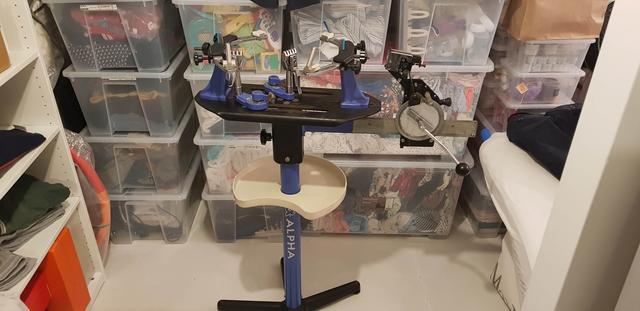Bedrosian
New User
Hello everyone
I started stringing my own rackets just a month ago, and after some practice I decided to string my game racket with one of my favourite string. Then I tested it for a couple of hours, but after just a couple of shots I noticed that the crosses were already moving a lot and simply wouldn't stay in place.
What could have caused that? I strung it at about 22.5/21.5 kg and it took me 50 minutes, is it just a matter of tension loss or does it concern the fact that I don't have a setting off awl to align the strings properly at the end of the process (I do with my fingers)?
I know that something like this happens if the racket is not strung properly, and I can accept it, I just would just know why.
Thanks in advance for your attention
Ciao!
Giorgio
I started stringing my own rackets just a month ago, and after some practice I decided to string my game racket with one of my favourite string. Then I tested it for a couple of hours, but after just a couple of shots I noticed that the crosses were already moving a lot and simply wouldn't stay in place.
What could have caused that? I strung it at about 22.5/21.5 kg and it took me 50 minutes, is it just a matter of tension loss or does it concern the fact that I don't have a setting off awl to align the strings properly at the end of the process (I do with my fingers)?
I know that something like this happens if the racket is not strung properly, and I can accept it, I just would just know why.
Thanks in advance for your attention
Ciao!
Giorgio

